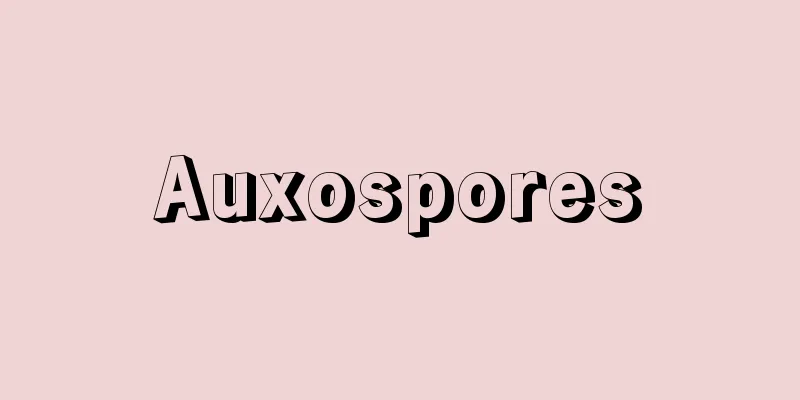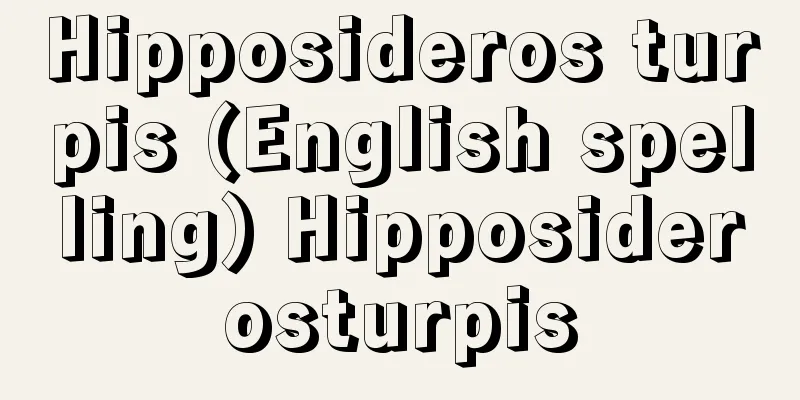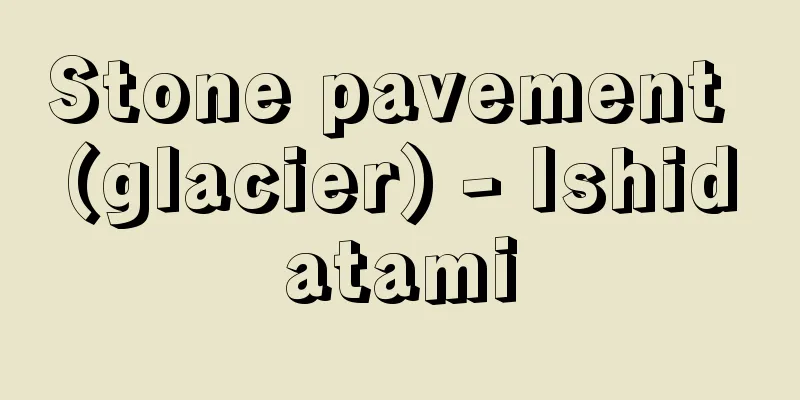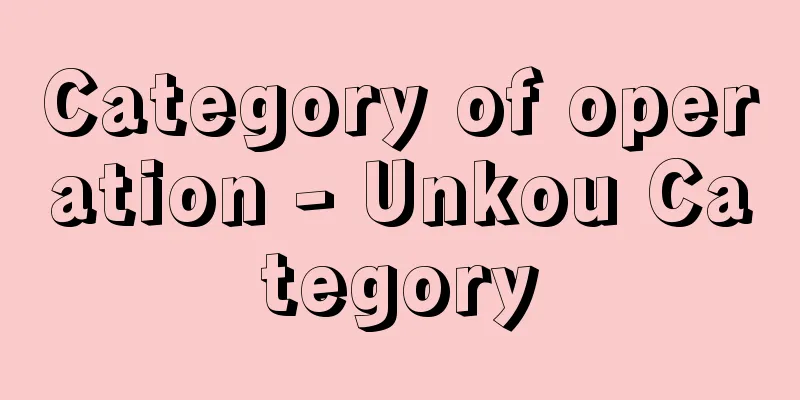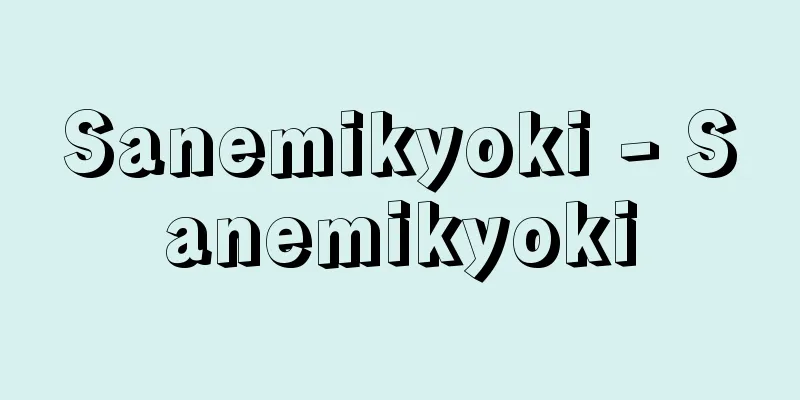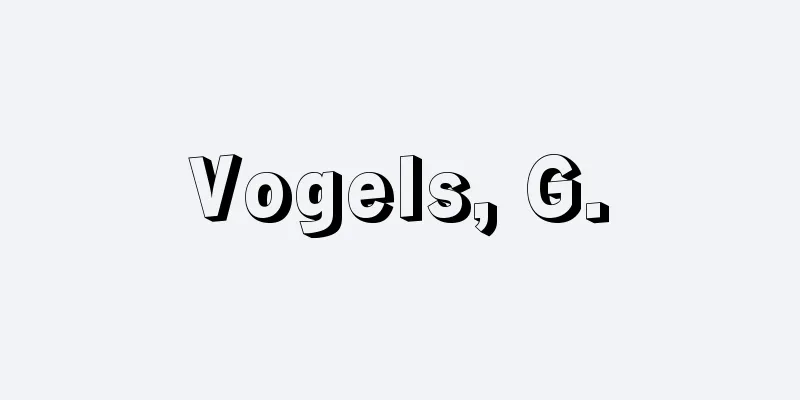Gyeongryeong
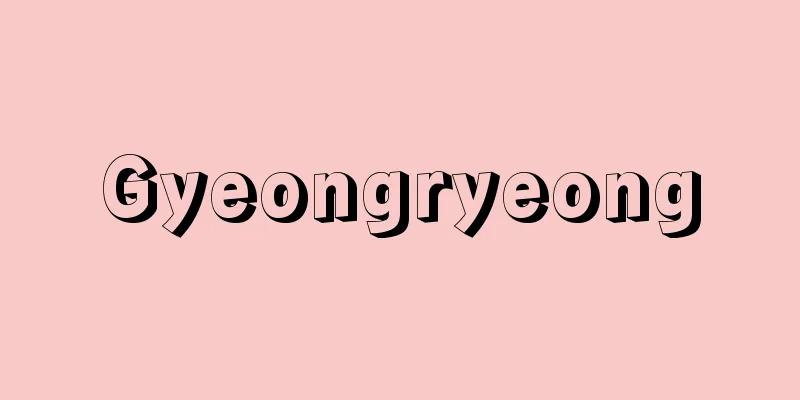
|
The tomb of the Liao Dynasty emperor in Balin Left Banner, Inner Mongolia Autonomous Region, China. Qingling was originally an abbreviation of Yongqingling, the tomb of the 6th Liao emperor Shengzong and his empress, but later came to include the Yongxingling of the 7th emperor Xingzong and the Yongfuling of the 8th emperor Daozong, which were built nearby. Qingling is located on a mountain in the Southern Xinganling Mountains, which is now called Waal-in Manha (tile sand dune) or Gorban Torogai, but in the Liao Dynasty it was called Menshan or Yong'an Mountain, and was renamed Qingyun Mountain when Qingling was built. Qingling was introduced to the academic world by Mulier in 1920, and in 1922, the Belgian missionary Kelvin investigated Xingzong's tomb and introduced the Khitan script to the academic world. In 1906, Tamura Jitsuzo, Kobayashi Yukio and others conducted an investigation mainly of the Eastern Tomb. Keiryo is made up of three tombs called the Eastern, Central and Western Tombs, and Tamura's investigation determined that the Eastern Tomb was that of Seiso, the Central Tomb that of Koso, and the Western Tomb that of Doso. The Eastern Tomb has a front chamber, a middle chamber, and a back chamber in the center, and two circular antechambers on either side of the front and middle chambers, making a total of seven chambers. The walls of the tomb chambers and corridors are covered with plaster, on which are painted magnificent murals of people, flowers and birds, landscapes, and decorative patterns. The portraits are life-size portraits that capture the individuality of each person, and are valuable materials for learning about the customs of the Liao dynasty. On all four sides of the middle chamber are landscape paintings, probably depicting the four seasons around Mount Qingyun, and are some of the finest painting materials that conveyed the techniques first used in the late Tang and Song dynasties. Fifteen bequest stone steles have been excavated from Qingling, four of which have inscriptions in the Khitan script, and are attracting attention in the academic community as providing clues to deciphering the Khitan script. [Yoshihiro Kawachi] "The Murals of Keiryo by Tamura Jitsuzo (1977, Dohosha Publishing)" Source: Shogakukan Encyclopedia Nipponica About Encyclopedia Nipponica Information | Legend |
|
中国、内モンゴル自治区バリン左翼旗内にある遼(りょう)の皇帝の陵。慶陵はもともとは遼の第6代皇帝聖宗と后妃を合葬した永慶陵の略称であったが、のちに隣接して造営された第7代の興宗の永興陵および第8代の道宗の永福陵を含めた総称となった。慶陵の所在するのは南興安嶺(こうあんれい)の一山で、現在はワール・イン・マンハ(瓦(かわら)の砂丘)とかゴルバン・トロガイなどとよばれているが、遼代には緬(めん)山、永安山とよばれ、慶陵の造営とともに慶雲山と改名された。慶陵は1920年ミュリエにより学界に紹介され、22年ベルギー人宣教師のケルビンが興宗陵を調査し、契丹(きったん)文字の哀冊(あいさく)(墓碑銘)を学界に紹介した。39年、田村実造、小林行雄らにより主として東陵の調査がなされた。慶陵は東陵、中陵、西陵とよばれる3基の陵墓からなるが、田村らの調査により東陵は聖宗、中陵は興宗、西陵は道宗の陵墓とされている。 東陵の墓室には中央に前室、中室、後室があり、前室と中室の左右にそれぞれ円形の副室があるから、全部で7室からなっている。墓室や通廊の壁面には表面に漆食(しっくい)を塗り、その上に人物、花鳥、山水、装飾文様など華麗な壁画が描かれている。人物画は各人の個性をよくとらえた等身大肖像画で、遼代の風俗を知るうえの貴重な資料である。中室の四周には、おそらく慶雲山周辺の四季を画題とした山水画が描かれており、唐末宋(そう)初の手法を伝えた屈指の絵画資料である。慶陵からは15基の哀冊碑石が出土し、そのなかの4基には契丹文字による碑文が刻まれており、契丹文字解読の手掛りを与えるものとして学界に注目されている。 [河内良弘] 『田村実造著『慶陵の壁画』(1977・同朋舎出版)』 出典 小学館 日本大百科全書(ニッポニカ)日本大百科全書(ニッポニカ)について 情報 | 凡例 |
Recommend
Sei
[Sound] Sei (Kan) Jo (Jau) (Go) [Reading] Naru (na...
Donax grandis (English spelling)
… [Mitsuru Hotta]... *Some of the terminology tha...
crop
In sea turtles, birds, and mammals, the epitheliu...
Private tutor - KATEIKYOSHI
A teacher who provides one-on-one instruction to ...
Ambarvalia (English spelling)
Nishiwaki Junzaburo's first collection of poem...
Jack - Jack (English spelling)
A mechanical device that lifts heavy objects vert...
Ornithogalum caudatum - Ornithogalum caudatum
...The flowers are mostly white, with thick petal...
"Procession of the Prince"
...Her poetry evolved from the sweet poetry of he...
ILO Convention No. 103 - ILO Convention No. 103
...Female workers who are excluded from the appli...
abyssal gap
…(3) A large oceanic mountain system of global sc...
Administrative action - gyosei koui
It refers to the act of the administrative agency...
Granitization - Granitization
Granite is a general term for a group of processes...
Japanese clothing - wafuku
It is a general term for traditional Japanese clo...
geodetic latitude
…coordinates with the origin at the center of the...
"Anrakushu" - Anrakushu
…While Donluan’s Pure Land Buddhism tended to be ...

